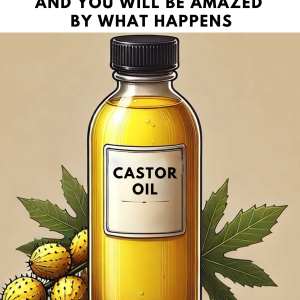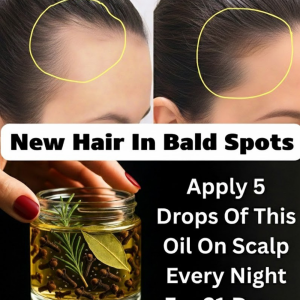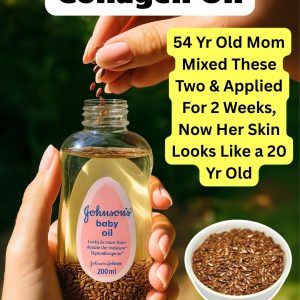
Bananas are one of the most popular fruits in the world — easy to peel, sweet to taste, and packed with nutrients. But beyond being a quick and convenient snack, they’re also a remarkable source of health benefits.
Interestingly, not all bananas are the same. Their color — from green to yellow to brown — tells you not only how they’ll taste but also what kind of nutrition and uses they offer.
Understanding these ripening stages helps you get the most from every banana — and avoid unnecessary waste.
Here’s a guide to what each stage means, how to use bananas best, and when it’s finally time to let them go.
The Health Power of Bananas
- Heart Health: Rich in potassium and low in sodium, bananas help regulate blood pressure and lower stroke risk.
- Digestive Wellness: The soluble fiber supports smooth digestion and nurtures healthy gut bacteria.
- Energy and Mood: Their natural sugars give a quick energy boost, while tryptophan aids serotonin production for a better mood and restful sleep.
- Bone Support: Potassium and magnesium work together to help maintain strong bones.

1. The Early Stage — Green to Light Yellow: Firm and Mild
At this stage, bananas are firm, starchy, and only slightly sweet. The starch hasn’t yet turned into sugar, making them lower in calories and ideal for those monitoring blood sugar levels.
Best Uses: Add to smoothies, slice into yogurt, or cook in savory recipes.
Health Benefits:
- High in resistant starch, which supports gut health and helps stabilize blood sugar.
- Rich in fiber for digestive balance.
- Provides vitamin B6, important for metabolism and brain function.
2. The Ripe Stage — Bright Yellow with Few Spots: Naturally Sweet
This is when bananas are at their peak popularity — soft, sweet, and easy to digest. They make a perfect pre- or post-workout snack and are great for quick energy.
Best Uses: Eat raw, mix into oatmeal, or blend into smoothies.
Health Benefits:
- Excellent source of potassium for a healthy heart and stable blood pressure.
- Natural sugars (glucose, fructose, sucrose) provide quick energy.
- Contains antioxidants like dopamine and catechins that fight free radicals.
3. The Very Ripe Stage — Spotted to Brown: Sweetest and Softest
As bananas become covered in brown spots, their starches fully transform into sugars. The texture becomes creamy, making them perfect for baking or blending.
Best Uses: Ideal for banana bread, muffins, pancakes, or frozen smoothies.
Health Benefits:
- Easier to digest for sensitive stomachs.
- Antioxidant levels rise as the banana ripens.
- A healthy natural sweetener for baked goods.

4. The Overripe Stage — Deep Brown or Black: Use Quickly or Freeze
When the peel turns mostly dark brown or black, the banana becomes very soft and extremely sweet. It’s still safe to eat as long as there’s no mold or bad odor. Even if the inside looks darker, it’s perfect for recipes.
Best Uses: Blend into smoothies, bake into cakes or cookies, or use as a sugar substitute.
Tip: Peel and freeze overripe bananas — they make excellent smoothie bases or banana ice cream later on.
5. When It’s Time to Throw Bananas Away
Even though very dark bananas are usually fine, there comes a point when they’re no longer edible.
Discard them if:
- The peel has mold or fuzzy white spots.
- The fruit smells fermented or rotten.
- The inside is leaking, mushy beyond use, or has black mold inside.
- You notice fruit flies or clear signs of decay.
Instead of tossing them in the trash, compost them — it’s a simple way to turn waste into nourishment for your plants.
A Fruit That Evolves Beautifully
Bananas are more than just a sweet snack — they’re a complete, evolving food that offers something different at every stage. From firm and green to soft and brown, each phase brings its own benefits and possibilities.
Enjoy them however you like, freeze what you can’t finish, and only discard what nature truly says goodbye to. The next time you see a bunch on your counter, remember — no banana should ever go to waste. It just needs the right recipe and the right moment.




